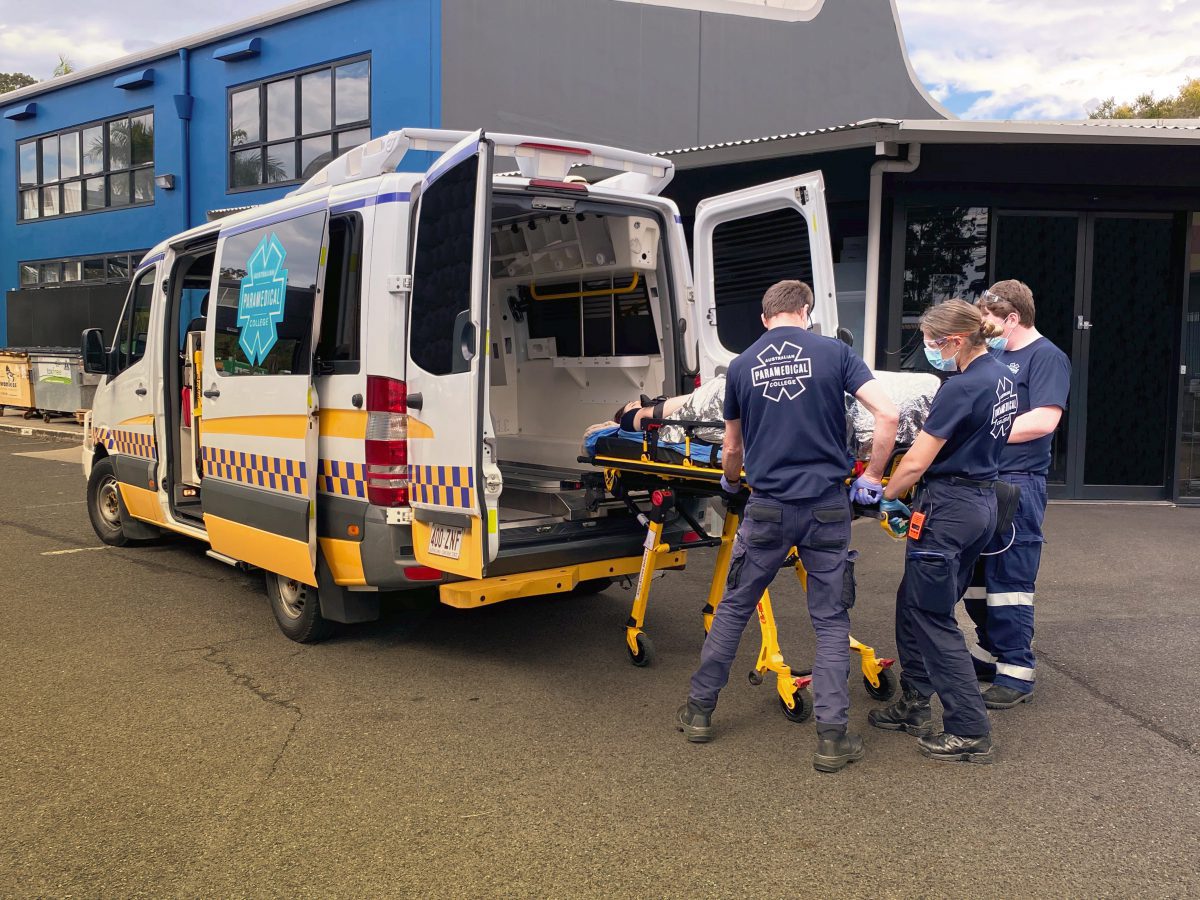As we start 2023, the Australian healthcare system is beyond struggling, and yet the opportunities in the pre-hospital emergency healthcare sector have never been so exciting. There is a dramatic push within the industry to recognise the Paramedic and EMT workforce for the huge capacity that it holds.
The Strengthening Medicare Taskforce Report released in December 2022 called for increased use of multidisciplinary healthcare teams, and now the Federal Health Minister Mark Butler has hinted at an update to Medicare which will allow Registered Paramedics to work within General Practices and primary healthcare.
We can expect that many opportunities will begin to emerge for AHPRA Registered Paramedics in the coming years, and there will be a huge array of options beyond the state emergency ambulance services.
I would expect that the bulk of the opportunity will initially be aimed at AHPRA Registered Paramedics, but this will quickly flow on to Diploma and Certificate workforce.

So, how can you prepare yourself?
The work you have already done with APC is putting you in a great position. The Diploma in particular can open doors into university, and now is a really good time to apply for a Bachelor program.
With a 2-3 year full time course (or 4-6 year part time) you will likely emerge with a very valuable and sought after skill set. We are already seeing hospitals, primary care clinics and allied health services seeking staff with a Paramedic skill set and we can expect this to grow significantly.
For those who aren’t interested in a Bachelors, I would still expect opportunities to flow on to the EMT workforce. As freedom of movement emerges I would expect to see state ambulance services losing Paramedics, which will likely compel them to adopt non-traditional service delivery models. Employing EMTs (Diploma qualified) to work with Paramedics, attend to lower acuity cases, and perform PTO work would likely increase in this scenario.
Further to this, I would expect hospitals to continue to move towards out of hospital delivery of care, for example in palliative care, wound management and chronic disease management. The Paramedic and EMT workforce would be a natural choice for these roles.
We can expect to hear more announcements throughout the year which will indicate where these opportunities will emerge.
To be on the front foot, keep your currency up to date or even consider up-skilling to broaden your job opportunities in the industry.
Share your feedback!
We would love to hear about your experience as an Australian Paramedical College student.